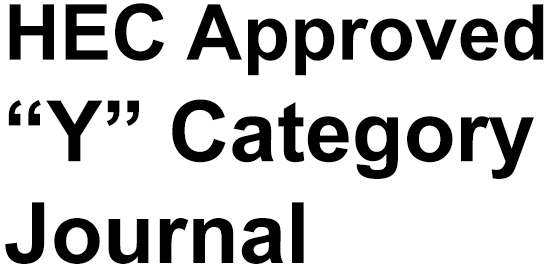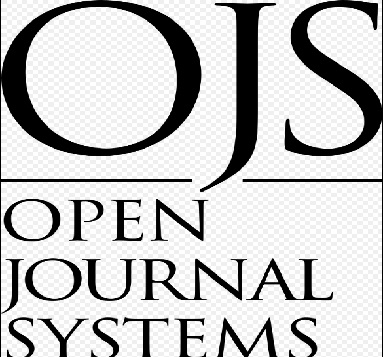Determinants of Unemployment: The Role of Education, Political Stability, Economic Growth and Inflation
DOI:
https://doi.org/10.63056/ACAD.004.01.0039Keywords:
Gross Domestic Product, Inflation, Political Stability, UnemploymentAbstract
The study examined the effects of economic growth, education, political stability, and inflation on unemployment using data from BRICS countries (2004–2023). The evidence indicates that economic growth tends to decrease unemployment in the short run through education and political stability. One main reason is the “qualification mismatch,” in which well-educated workers cannot secure jobs suitable for their level of education. Political stability promotes investment and reforms but can cause short-term unemployment during economic adjustments. Inflation has conflicting impacts: moderate inflation stimulates employment generation, whereas excessive inflation is detrimental to economic stability. The study recommends that education be aligned with labor market demand to reduce skill mismatches and enhance employment opportunities. A stable political environment can also foster economic growth and employment. Policies must also balance inflation rates to provide conducive conditions for employment generation. By addressing these issues, governments can formulate measures to minimize unemployment and promote sustainable economic growth.












